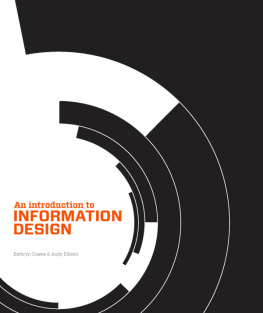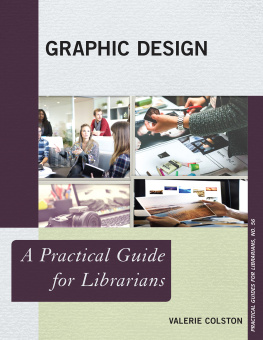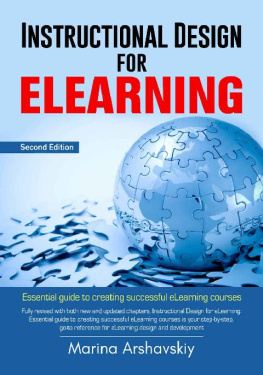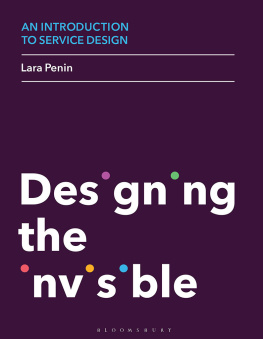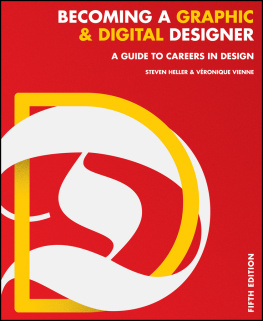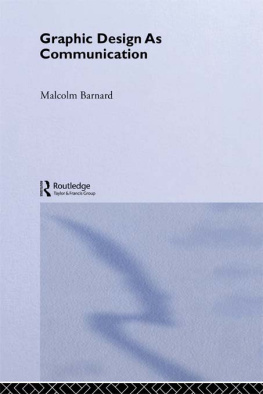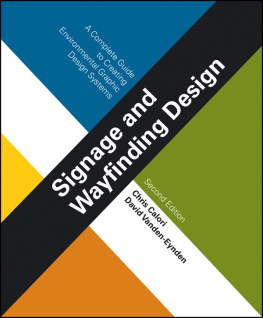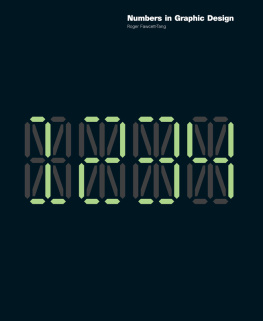An introduction to
INFORMATION DESIGN
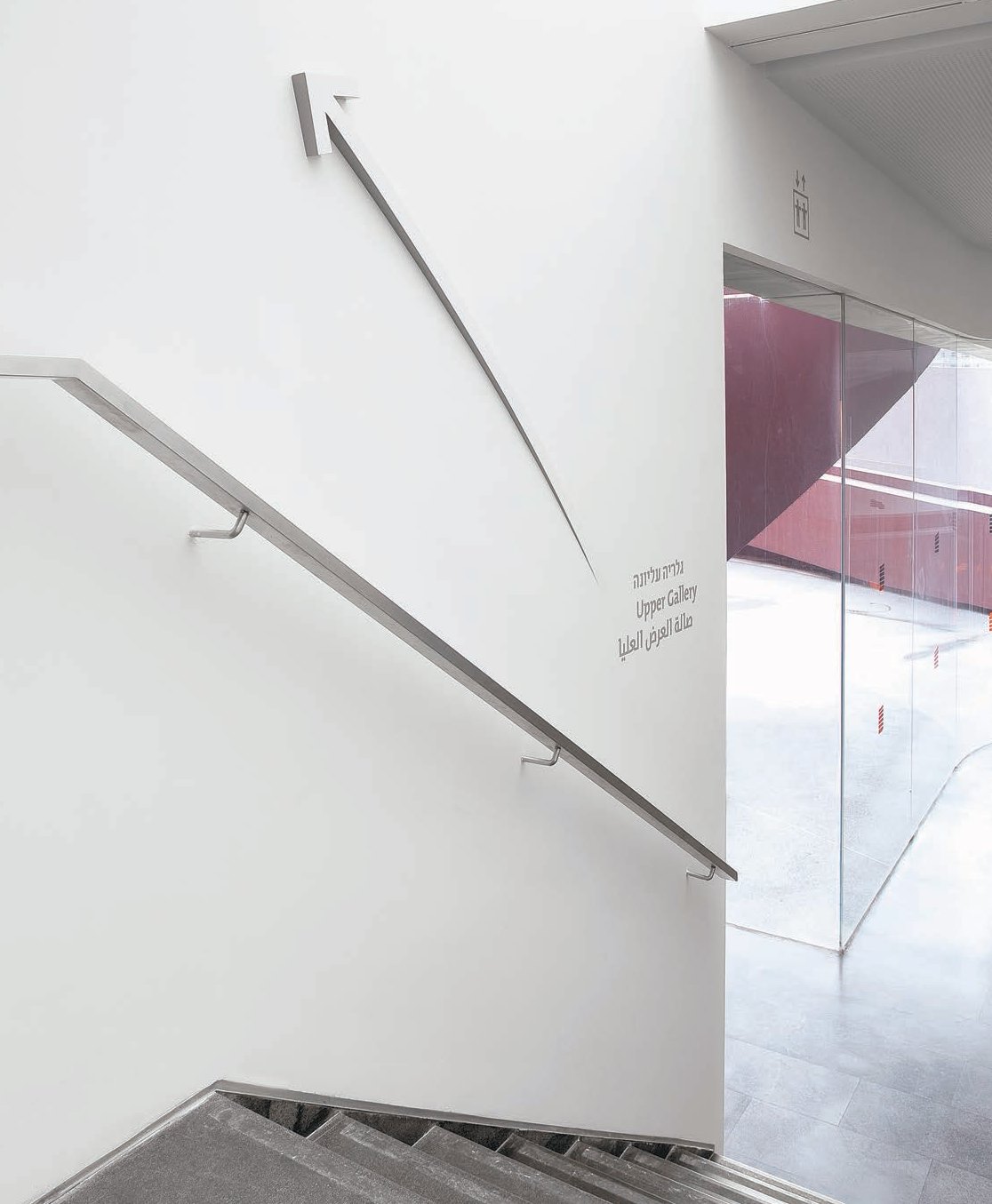
Signage at the Design Museum Holon, Tel Aviv, designed by Adi Stern Design (see pp. 181183).
An introduction to
INFORMATION DESIGN
Kathryn Coates & Andy Ellison
Laurence King Publishing

Published in 2014 by
Laurence King Publishing Ltd
361373 City Road
London EC1V 1LR
Tel +44 20 7841 6900
Fax +44 20 7841 6910
Email:
www.laurenceking.com
Text 2014 Kathryn Coates and Andy Ellison
This book was produced by Laurence King Publishing Ltd, London
Kathryn Coates and Andy Ellison have asserted their right under the Copyright, Designs, and Patent Act 1988, to be identified as the Authors of this Work. All rights reserved. No part of this publication may be reproduced or transmitted in any form or by any means, electronic or mechanical, including photocopy, recording, or any information storage and retrieval system, without prior permission in writing from the publisher.
A catalogue record for this book is available from the British Library
ISBN: 978-1-78067-325-7
Design by Lizzie Ballantyne
Printed in China
Contents
Introduction
Why read this book?
Information is everywhere. We are surrounded by it and it is delivered to us in many different ways. From the moment we get up in the morning, we engage with information that has been designed for specific purposes: the nutritional information on the packets of the cereals we eat; the daily news via a newspaper or a screen; a timetable to see when the next bus is due. We are constantly engaging with the communication of information.
If you are reading this book then the chances are that you are interested in design and are curious to know more about information design. This subject is large and complex and takes in many forms and platforms. The aim of this book is to demystify the process of producing clear information design and to provide some fundamental guidelines to the considerations and processes you may need when communicating to specific users or audiences. This knowledge will better equip you to produce effective solutions to the design challenges you may encounter within your own study and practice.
To demonstrate the breadth and diversity of the subject, we feature the work of an international selection of designers. The purpose is to give a behind-the-scenes look at the journey to a final outcome. These case studies are not just about who information design is for and who created it; their purpose is to show the creative processes behind a successful information design project. These case studies allow us to see the fundamentals of information design being put into action on real projects by practising designers.
Our aim in writing this book was to provide an inspirational guide to the discipline of visualizing information, a discipline that falls within the larger subject of graphic design. Our intention is to explain the subject practically: this is not just an introduction to the theories of information design, but a how-to book that includes hints and tips on the actual design process.
The structure of the book
The basic premise of this publication is: What is information design? How do you do it? How have others done it? The book is structured so you can read the chapters sequentially or dip into the specific areas covered as and when required. Hints and tips are offered throughout to give practical support and guidance to would-be designers.
You will be presented with the fundamentals of information design and guided through the core skills, taking into account the values of the audience, hierarchy, structure, legibility and media. You will be provided with inspirational visual examples and shown why information design is so important in modern life. We cover all aspects of information design, including print media, screen-based solutions and 3D physical environments. The case studies offer vivid insights into the working practices of contemporary practitioners, inviting comparisons and contrasting views on the subject. Our goal is to make readers aware that there is always a variety of methods available to them to answer design problems.

The Rosetta stone, an irregularly shaped block of black basalt, found in 1799 near the town of Rosetta (Rashid) near Alexandria by Napoleons armies. The stone is inscribed with a priestly decree issued at Memphis in 196 BCE on behalf of King Ptolemy V. The inscription appears in three scripts ancient Egyptian hieroglyphs, Demotic script and ancient Greek and provided the key to the decipherment of hieroglyphs in the modern age.
Chapter 1: What is information design?
This chapter aims to provide an insight into the subject of information design, to explain its purpose and the various forms it takes. We outline a brief history of information design to put the discipline in context, then discuss why it is necessary and how we use it in our daily lives. Finally, we look at the various ways in which it is presented and how the approach has to be modified depending on the format.
Definitions of information design
In an age where we are bombarded with information, the boundaries between what is and what is not considered information design have become blurred. We consume thousands of pieces of information every day, often without even noticing, so what exactly is information design?
Many people define it differently. Some feel that it is simply the visualization of data; others see it as the communication of any message in any form. This could take the form of an advertisement or of a safety sign: both communicate a message or meaning to the viewer, and both deal with information, whether it is about selling a product or about preventing risks to health.
Information design is the defining, planning, and shaping of the contents of a message and the environments in which it is presented, with the intention to satisfy the information needs of the intended recipients.
International Institute for Information Design (IIID)
In its broadest sense, all graphic design is information design. The distinction for me is that graphic design is the organization of elements that are typically capable of communicating independently, like words, photography and illustration. Information design, as I see it, incorporates the more elemental particles of data, and as a result requires more interpretation or authorship on the designers part for it to speak fluently.
Nicholas Felton, Feltron (USA)
It is the organization and display of information, messaging or storytelling in an ordered hierarchy. A journey of information. To present content in a clear and unique and engaging way by engaging and targeting the human senses through the use of graphic devices such as type, colour, imagery, time, light, textures and materials etc. to either warn, teach, explain, entertain or direct.
Vince Frost, Frost Design (Australia)
Is there too much design now? Look on the web is there a different sort of design emerging? A creative world where designers seem to own what they are doing, a showing offif you like. A comfortable designers world where there is more of the same, time and again. To be a designer you surely need opinions you must ask why. Why cant you hear the train times? Why cant elderly people understand Bluetooth? Why cant I find the lavatories at Terminal Five? We know and read the words about information design Enabling, understanding, making information more useable, clarifying the complex and more But think of yourself sitting in a room. No computer, no blogging, no music, with a Pentel sign pen in red and black and just a plan, some words and a problem. And you stay there until you have the answer. Thats information design.
Next page
